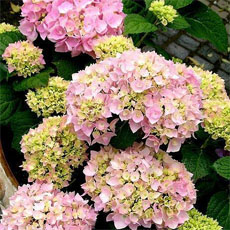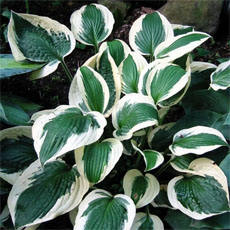Haworthiopsis Species
Haworthiopsistessellata
Synonym
Aloe
tessellata
Catevala
tessellata
Haworthia
tessellata
Haworthia
venosa var. tessellata
Haworthia
venosa subsp. tessellata






















































Central Phoenix -- Haworthia venosa tessellata is a workhorse Haworthia. It seems to grow in a wide variety of partial to dense shade, w...Read More
Ornamental green to brown (in sun) stiff-leaved rosettes with maculated pattern on the flat, upper leaf surface and frosted warty lower l...Read More